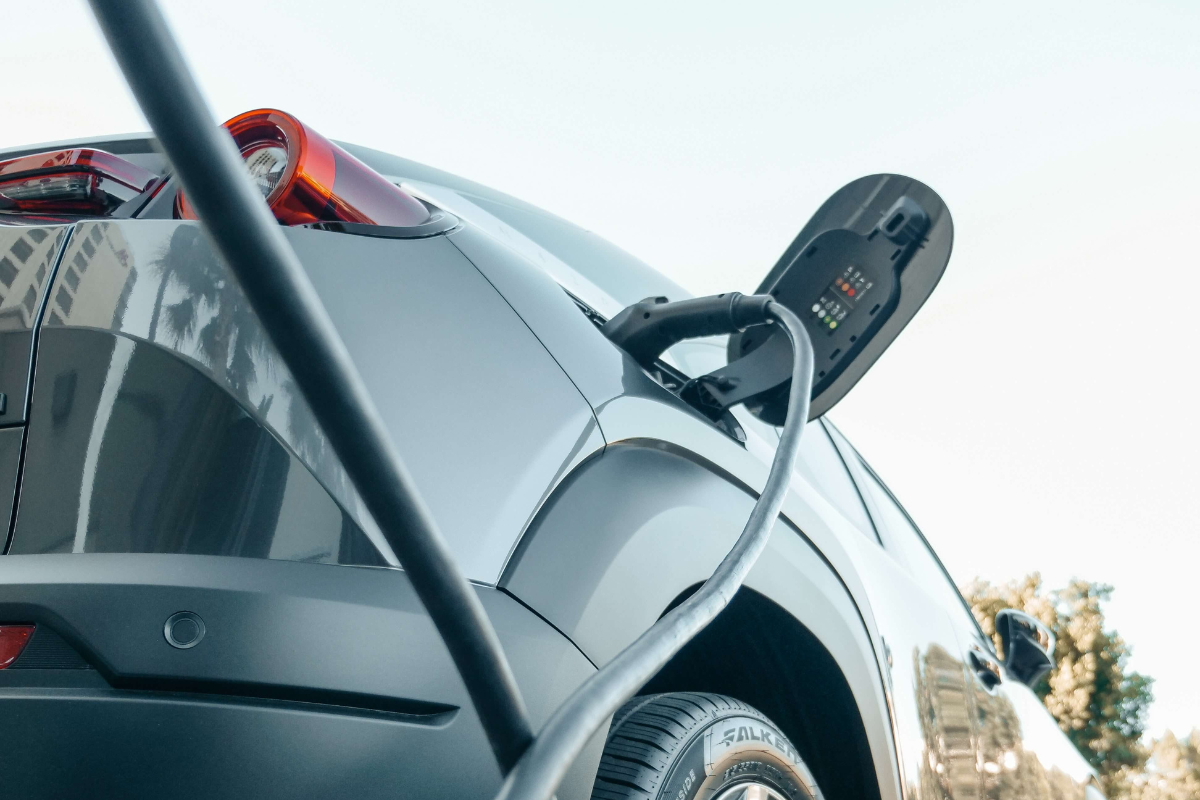Concerns are raised on the risk of fire and the robustness of the structures that accommodate electric vehicles as news of battery electric vehicles (BEVs) catching on fire surfaces.
The electric vehicle fire that occurred on Harbour bridge on March 30th evening resulted in significant traffic disruptions and gained nationwide attention. Such incidents could become more common following the recommendation by the New Zealand Climate Change Commission to phase out fossil-fuel-powered car imports by 2035.
Meanwhile, the growing number of EVs, especially battery electric vehicles (BEVs), in service introduces a new concern about the risk of fire and the robustness of the structures that accommodate these vehicles. This article discusses the concerns from three perspectives, fire severity, fire spread and fire frequency, that are important for consultants designing these structures for fire.
Fire severity:
Willstrand et al. [1] summarized experimental tests performed on modern internal combustion engine vehicles (ICEVs) and EVs and compared the BEVs with the ICEVs in terms of peak heat release rate (5.7 ± 1 MW vs 6.2 ± 2.5 MW) and total heat release (6.1 ± 1.5 GJ vs 5.9 ± 2.5 GJ). The comparison indicated that the heat release and hazard of an EV fire are comparable to that of a fossil-fuelled vehicle fire. However, the experimental tests referenced in this study were conducted around 10 years ago, when the maximum battery capacity was much less, around 20 kW, compared with a more common current battery capacity of 80 kW.
Based on the background above, full-scale fire experimental research [2] in Austria through two 2020 model SUVs revealed that the heat release rate of the BEV (80 kW battery capacity) is higher than that of an identical ICEV, as shown in Figure 1. However, the amount of additional heat released during a fire of EVs greatly depends on the degree of the battery’s involvement.
A comparison of the designed FRR curve with recorded EV HRR curve is also given in Figure 1. It can be seen that the BEV HRR peaked at 9–10 MW, slightly higher than the peak value of HRR-Design, but only for a very short time. It is important to note that when multiple cells of the battery were ignited externally, it caused the heat release rate (HRR) to increase very rapidly and possibly faster than what would happen in a real-world scenario. Moreover, the global energy released is 6.8 GJ for HRR-Design, and 4.5 GJ for HRR-EV Test-80 kW. This is clear from Figure 1 when comparing the area under the two curves. In terms of the temperature rise generated in structural steel members by the two fires, the design fire will generate higher temperatures than the EV test fire.

Fire spread:
According to the post-fire report on the parking fire at Stavanger airport [3], the primary cause of fire spread among vehicles was the fuel leakage from ICEVs. The EV fire did not make a measurable difference compared with ICEVs regarding to the fire spread, as stated in the report:
RBR stated that their impression from the fire was that electric vehicles had not impacted on the course of fire differently than what is to be expected in a fire involving conventional petrol or diesel cars.
Fire frequency:
Although the increasing popularity of EVs has been in operation for a period, they still constitute a small proportion of vehicle fleets in several countries. For example, there are 66k registered EVs compared with 4400k of all licensed vehicles in Aotearoa by the end of 2022. Thus, accident and incident reporting systems do not recognize EVs as a distinct vehicle category for separate data collection. Without reliable statistical data, it is impossible to provide engineers with any probe regarding the frequency of EV fires.
Conclusions:
Based on the analysis above, the authors herein consider that there is not an urgent demand to update current structural fire design method to accommodate the emerging BEVs fire nowadays. The design methodology detailed in SCNZ 113: 2019 is still reliable for engineers to conduct the structural fire design of car park structures. Given the rapid technological advancements in this field, it is advisable to remain vigilant regarding relevant information that may potentially challenge current conclusions.
Reference:
[1] Willstrand, O., Bisschop, R., Blomqvist, P., Temple, A., & Anderson, J. (2020). Toxic gases from fire in electric vehicles.
[2] Sturm, P., Fößleitner, P., Fruhwirt, D., Galler, R., Wenighofer, R., Heindl, S. F., … & Heger, O. (2022). Fire tests with lithium-ion battery electric vehicles in road tunnels. Fire safety journal, 134, 103695.
[3] Storesund, K., Sesseng, C., Fjellgaard Mikalsen, R., Holmvaag, O. A., & Steen-Hansen, A. (2020). Evaluation of fire in Stavanger airport car park 7 January 2020.

